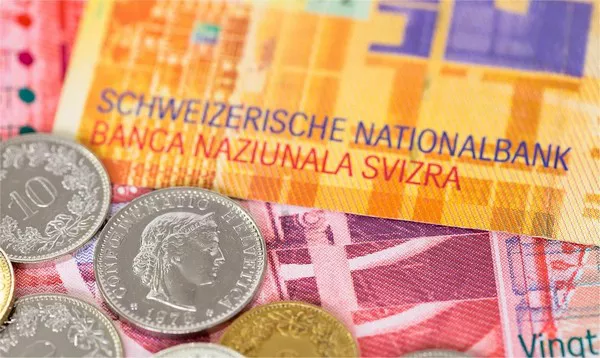The Swiss franc (CHF) was historically backed by gold, but it is no longer directly tied to gold reserves.
Prior to 2000, the Swiss National Bank (SNB) maintained a gold-backed monetary policy. This meant that a certain percentage of the Swiss franc’s value was backed by gold reserves. However, in 2000, the SNB decided to abandon this policy in favor of a more flexible approach to monetary policy.
Today, the value of the Swiss franc is determined by market forces such as supply and demand, as well as the monetary policy decisions of the SNB. The SNB sets interest rates and intervenes in currency markets to stabilize the value of the Swiss franc when necessary.
While the Swiss franc is not directly backed by gold, Switzerland remains one of the world’s largest holders of gold reserves.
As of 2021, the Swiss National Bank holds around 1,040 tonnes of gold, making it the seventh-largest holder of gold reserves in the world. This gold is held as a reserve asset to help support the stability of the Swiss franc and the Swiss financial system more broadly.
In conclusion, while the Swiss franc was historically backed by gold, it is no longer directly tied to gold reserves. Today, the value of the Swiss franc is determined by market forces and the monetary policy decisions of the Swiss National Bank. However, Switzerland remains a significant holder of gold reserves, which are held as a reserve asset to support the stability of the Swiss franc and the Swiss financial system.


























